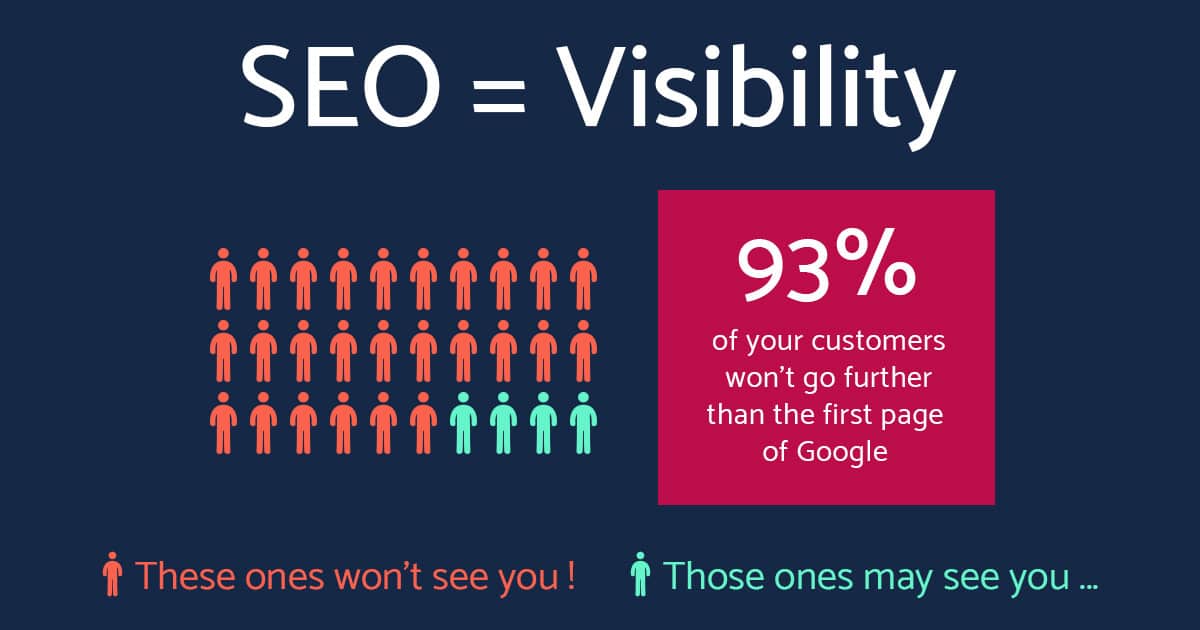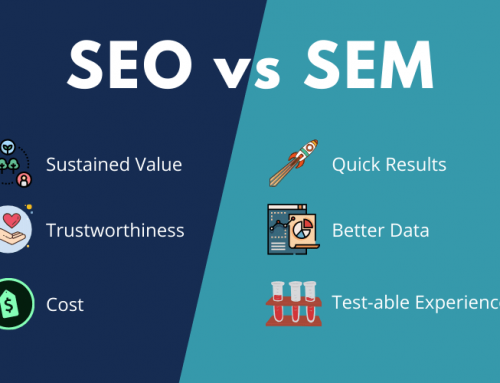Learn How To Measure SEO Success
In our digital world, content marketing is a must-have for any business. But if you don’t know how to measure the success of your content, it can be hard to tell if your efforts are even working at all. The good news is that there’s an easy way to find out: by using analytics! In this post we’ll cover some of the most important metrics every marketer should know about their SEO strategy and how they relate to organic search engine rankings.
How to Measure SEO Success
Before you start measuring SEO success, it’s important to define your goals. What does success look like? Do you want to increase traffic or conversions? Maybe both? You should also consider how long it will take for your changes to have an effect on the business–and then set realistic expectations based on this timeframe.
Don’t worry about what other people think of your goals. A lot of marketers are under pressure from their bosses or clients who aren’t familiar with SEO and may push them toward unrealistic targets because they don’t understand how difficult it can be to achieve results quickly in this industry. Don’t let these people influence your own expectations! Be ambitious but stay realistic: if one thing isn’t working out quite right after a few months, try something else instead of giving up entirely (unless there was no chance at all).
Website Traffic & Visits
You can’t measure SEO success without measuring traffic.
Traffic is the number of visitors to your website, and it’s often measured in terms of unique visitors or pageviews. A single person who visits your site multiple times will be counted as multiple visits by most analytics platforms; however, some may count each visit separately if they do not have an option to filter out repeat visitors.
Visits are also important because they help you understand how engaged people are with your content–and whether they’re finding what they need when they visit (or coming back!).
Conversion Rate
Conversion rate is the percentage of users who take a desired action on your site. It’s the number of leads or sales divided by the total number of visits. For example, if you have 100 visitors, but only 10 completed the form on your landing page, then your conversion rate would be 10%.
Conversion rates are important because they help you understand how effective your SEO strategy is at getting people to convert into actual customers. The higher this metric goes up, the more traffic you’re getting from Google and other search engines — which means more sales!
Organic Search
Organic search results are the bread and butter of SEO. If your goal is to drive traffic to your website, then organic search will be one of (if not the) most important metrics you measure.
To measure organic performance, look at how many people are coming through Google search results for keywords relevant to your business. You can also look at how well those pages convert–how much money they make or what percentage of visitors actually sign up for something?
The most important thing here is consistency: if you see big spikes in traffic one month but a dropoff the next month, that’s not good news! It means there’s something wrong with either your content or its promotion strategy (or both).
Bounce Rates
Bounce Rate: A bounce occurs when a user clicks on a link and then leaves the site immediately. If a user clicks on a link, stays on your site for more than 30 seconds before leaving, and then returns to Google search results or another website (the same session), that’s not considered a bounce.
- [Bounce rate is calculated as follows:] Bounces / Total sessions * 100 = Bounce Rate (%)
Bounce Rate by Keyword
- Bounce Rate by Keyword
Bounce rate is the percentage of people who leave your site after viewing only one page. This metric can be helpful in determining which keywords are driving traffic to your site, and whether those visitors are engaged enough to stay on the site long enough to convert into leads or customers.
For example, if you sell furniture and have an average bounce rate for all keywords of 40%, but when you look at just the keyword “sofa” (or another product category), it has a 10% bounce rate–that means that for every 10 people who land on this keyword search result page from Google, only one is staying long enough to see what else you offer before leaving.
So if your goal is increasing conversions from organic search traffic (like converting visitors into leads), then reducing this number would certainly help!
Time on Site (TOS) and Engagement Rate (ER)
You can use these two metrics to gauge how well your SEO efforts are working. In general, the longer a user stays on your site and the higher their engagement rate, the better it is for you.
A high Time on Site (TOS) indicates that visitors are spending more time on your site than they would otherwise; this means they’re finding what they need there and/or enjoying themselves enough to want to stay longer than necessary.
A low TOS may indicate boredom or frustration with what’s being shown them–or perhaps even an inability for visitors’ browsers or devices to load pages quickly enough for them! Either way, if someone leaves without exploring further into your site after landing there from Google Search results then something needs fixing before we can say whether our SEO efforts were successful at all
Not all metrics are created equally, and you need to know which ones to look for and how to use them.
Not all metrics are created equally, and you need to know which ones to look for and how to use them.
Metrics can be a helpful tool in measuring your SEO success, but they aren’t the end goal. They’re simply a means of tracking progress toward your goals. A good metric should be able to tell you if you’re moving in the right direction or not, but it shouldn’t define success on its own–it’s up to you as the marketer or business owner (or both!) whether or not those numbers are meaningful enough to warrant further action on your part.
In conclusion, there are many metrics to measure SEO success. The key is to know which ones are most important for your business and how to use them effectively. In this post, we covered six of the most important metrics: website traffic, conversion rate, organic search, bounce rate by keyword and time on site/engagement rate (TOS/ER).






Leave A Comment
You must be logged in to post a comment.